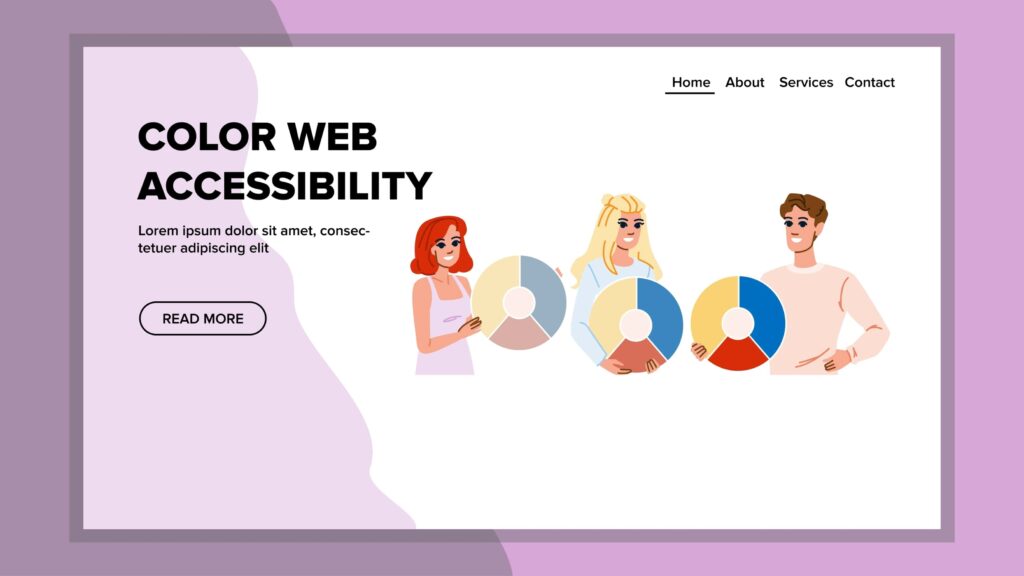Pulse of Information
Stay updated with the latest news and insights.
Web Accessibility: Making the Internet a Playground for Everyone
Unlock the web for all! Discover essential tips to transform the internet into an inclusive playground for everyone. Dive in now!
Understanding Web Accessibility: Key Principles and Best Practices
Understanding Web Accessibility is crucial for creating inclusive online experiences. It refers to the practice of designing websites that can be navigated and understood by all users, including those with disabilities. The key principles of web accessibility can be encapsulated in four main categories: Perceivable, Operable, Understandable, and Robust (POUR). These principles ensure that content is presented in a way that everyone can perceive, interact with, and understand, regardless of their individual abilities or disabilities.
Implementing web accessibility involves adopting best practices such as providing text alternatives for non-text content, ensuring sufficient contrast between text and background colors, and using semantic HTML for better screen reader compatibility. Additionally, it is essential to create content that is easily navigable using a keyboard, as many users rely on keyboard commands instead of a mouse. Regular accessibility testing and user feedback should also be integral to your website development process to continuously improve and maintain an accessible web environment.

Common Accessibility Mistakes to Avoid for an Inclusive Web
Creating an inclusive web experience is essential for reaching a wider audience, yet many developers make common accessibility mistakes that can hinder usability for individuals with disabilities. One frequent error is the lack of alternative text for images. This impedes screen reader users from understanding the context and content of visual information. Additionally, color contrasts that do not meet the minimum requirements can make text unreadable for people with visual impairments. To avoid these issues, ensure that every image has descriptive alt text and that your website's color palette adheres to WCAG guidelines.
Another critical aspect of web accessibility is keyboard navigation. Many websites rely heavily on mouse interactions, leaving keyboard users at a disadvantage. This can alienate individuals with mobility impairments who cannot use a mouse effectively. Ensure that all interactive elements are accessible via keyboard alone, and test your site to guarantee that users can navigate seamlessly. Additionally, using proper headings structure helps screen reader users to navigate your content easily. Avoid skipping heading levels, and always maintain a logical flow to promote an inclusive web environment.
How to Test Your Website for Accessibility Compliance
Testing your website for accessibility compliance is crucial to ensure that all users, including those with disabilities, can access your content. Begin by conducting a manual audit of your site’s content. This includes checking for keyboard navigation capabilities, ensuring all images have alt text, and that color contrasts are sufficient for readability. You can utilize tools such as screen readers to simulate the experience of visually impaired users and identify potential barriers in your website's design.
Next, employ automated accessibility testing tools, which can quickly scan your site for common compliance issues. Tools like WAVE or Axe can help you discover aspects like missing labels or incorrect heading structures. However, remember that automated tests can't catch every issue, so it’s vital to combine these tools with manual testing. After identifying accessibility gaps, create a checklist to address each item systematically. This will aid in improving both user experience and your site's SEO, making it more inclusive for everyone.